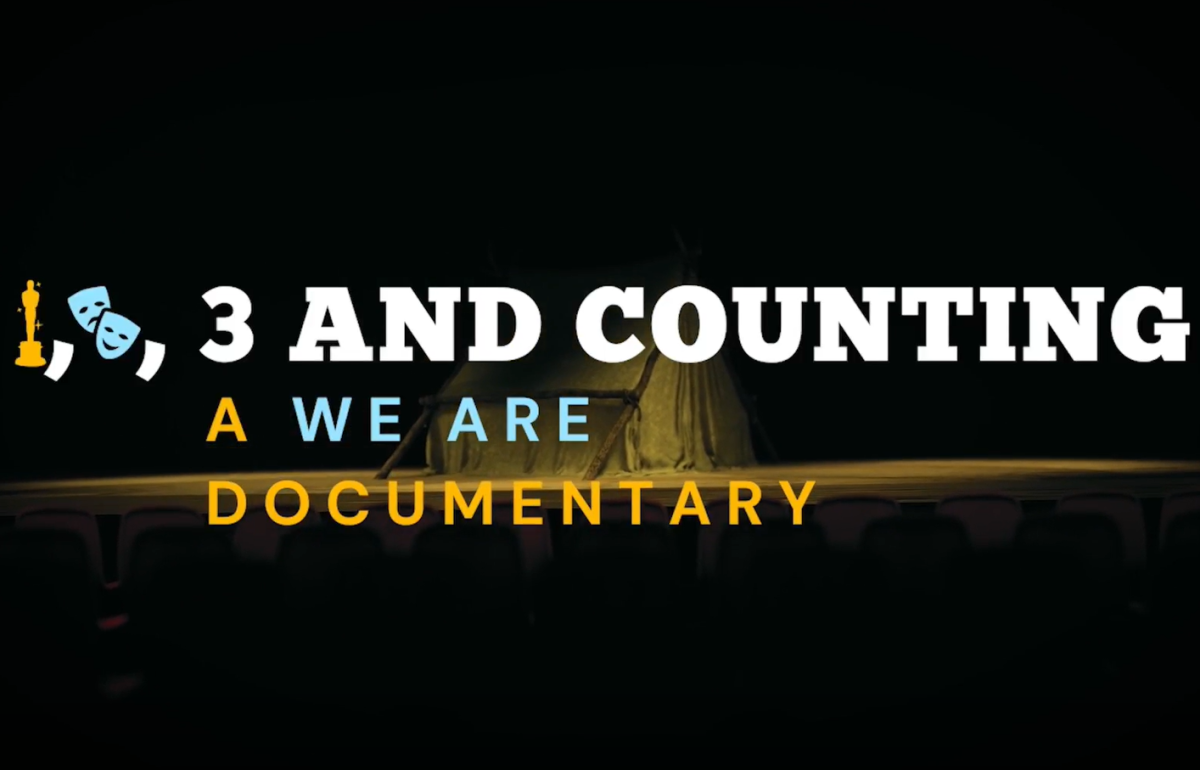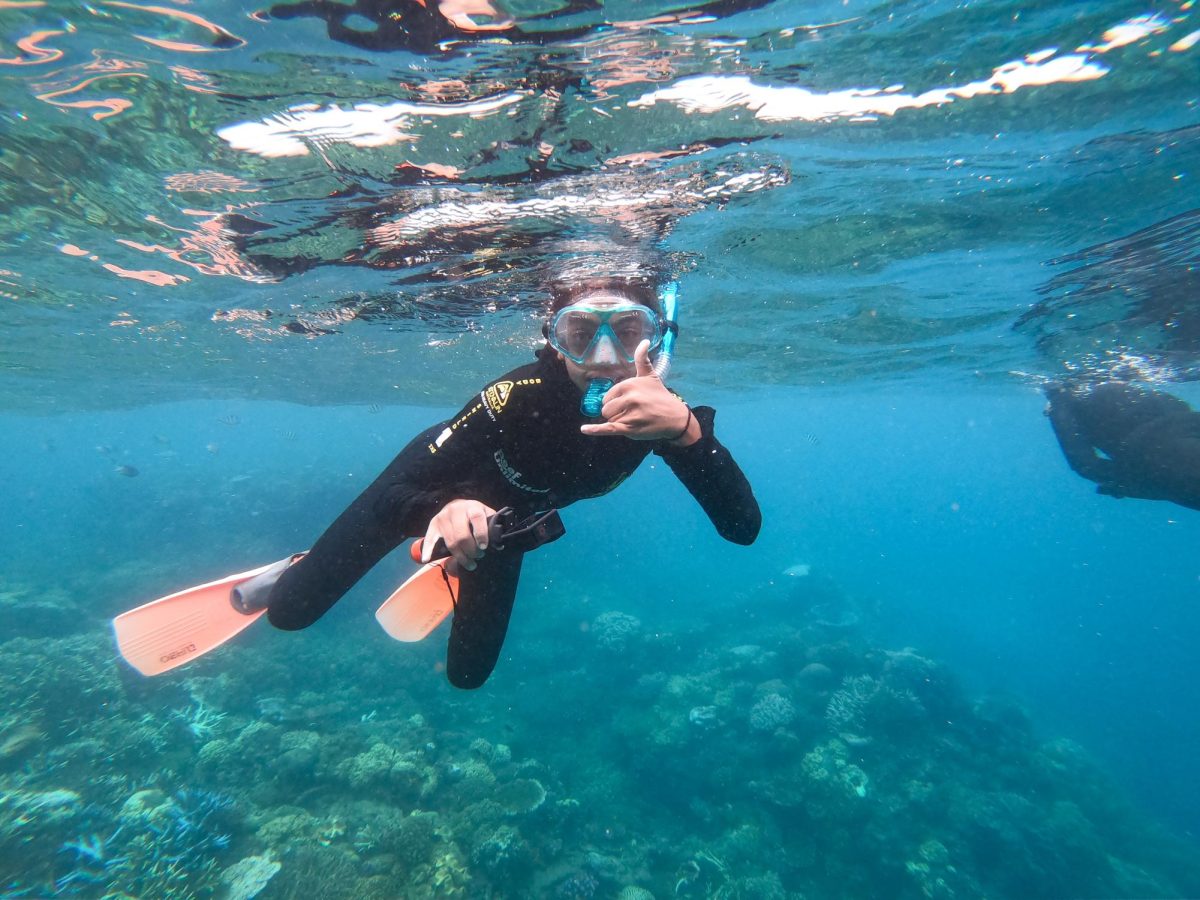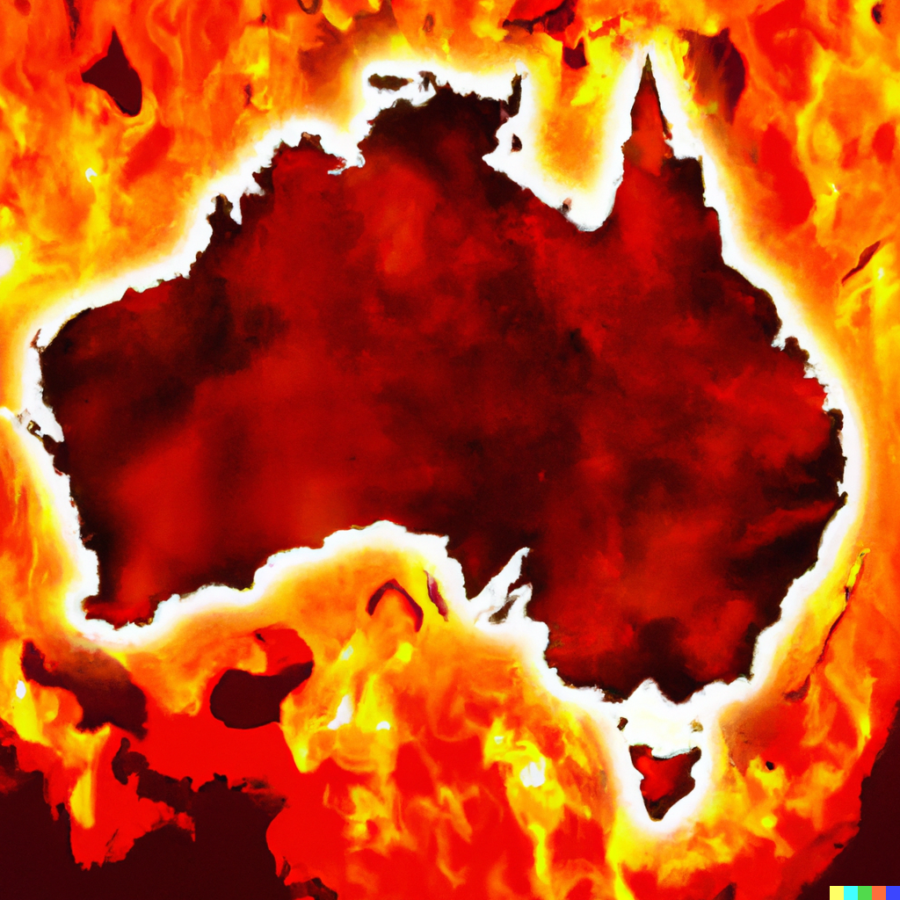The Horror of Heatwaves
March 15, 2023
Heatwaves been Freaking me out!!
Summer has come early. Except it hasn’t, it just finished. So why is it so stinking hot? Well, we were only a few days into autumn when the hottest day in two years hit us. Something that hadn’t been felt at this time of year in over 800 days, the first 38-degree day since November 29, 2020. Yet, why are we suddenly feeling an autumnal heat wave when Christmas and New Years Eve were both so gloomy?
Temperatures in NSW are increasing all due to a phrase we should all be acclimatised too (haha), climate change. Although, unusually hot days and heat wave events are a natural part of day-to-day variation in weather, as the Earth’s climate warms, the intensity and frequency of these hotter spouts are increasing.
Heatwaves are extremely hazardous to both the people and the environment in Australia. Although not seeming too deadly, they have been responsible for more human deaths than any other natural hazard. During the 1939 Black Friday Bushfires, 71 people died in Victoria. Furthermore, at least 420 people died in the heatwaves leading up to those fires, mostly in New South Wales.
Although heatwaves can often be perceived as just mildly uncomfortable, there is a dangerous chain reaction of events which lead on from this unprecedented weather event.
Heatwaves have the greatest impact on children, elderly people, Indigenous communities and people with pre-existing diseases and disabilities. It also increases the pressure on our health and emergency services. Heatwaves also create pressure for our water and energy supplies. This is seen as a cause of water restrictions and black outs. Power shortages can increase the health impact of heatwaves, limiting access to air-conditioning and other electrical methods to cool off.
The recent heat spike pushed temperatures towards 40-degrees and grassfire activity increased over the week across the state, with Extreme Fire Danger warnings issued for the Greater Hunter, Central Ranges and Lower Central West Plains.
The heatwave will also impact parts of Queensland and Western Australia, while parts of Tasmania could see snow.
A southerly cold front is due to bring strong winds and rain to southern parts of the nation, plus Tasmania’s first snowfall.
The cold front will hit south-east South Australia, Victoria, Tasmania and southern NSW, bringing bursts of strong and wild winds expected to peak at 90km/h.
So, pack lots of water and a fan, because it’s getting hot.












